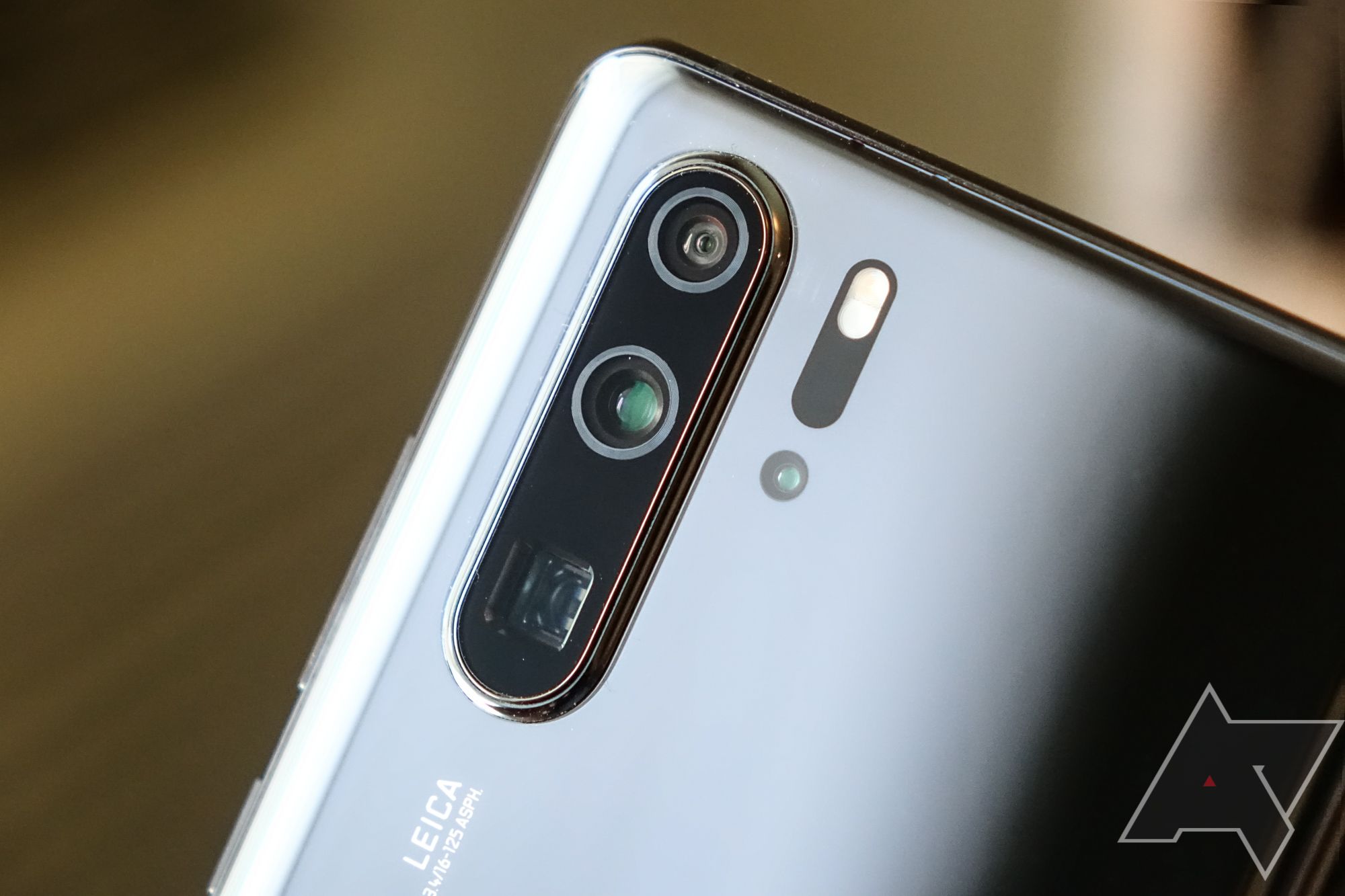For all the fanfare ultra wide angle cameras receive on the internet, it’s getting closer that has long presented the greatest frustration in smartphone photography. Digital zoom has been the stuff of tech-savvy humor for years, a feature reserved for those so illiterate in their usage of cameras as to not understand that it achieves the same end effect as cropping an un-zoomed photo with a simple editor. Why zoom at all, we say, when the camera isn’t able to gather any more data, but instead actually destroys it, and all for the sake of a noisy, blurry photo? While this has a strong ring of “technically true,” I also believe it fundamentally ignores and misunderstands why people use zoom in the first place - and also why I believe optical superzoom systems are the future of smartphone cameras.
Having finally had a chance to try a couple out (I shot photos on Oppo’s Reno 10x last week, and now I'm using a Huawei P30 Pro), I’m now fully convinced: any serious smartphone manufacturer in the next few years will be developing at least one phone with these new superzoom systems. Whether of the periscope style currently employed by Huawei and Oppo (and soon to be Samsung) or another solution we’ve not yet seen, I believe every manufacturer will discover that customers love the experience and move quickly to capitalize on it. We’ve already seen that the mild-zoom “portrait” lenses popularized by Apple have been quickly picked up by most of the industry, and I think these new high-power zooms (which are around 120mm equivalent) will soon follow for exactly the same reasons.
Reading the commentary of some people in the industry, you might think telephoto capability is a niche concern; something for true mobile photographers who want a proper pro camera in their pockets. I think this is nonsense - the people we so often see (and unfairly mock) using digital zoom aren’t serious photographers, but tourists visiting landmarks, parents capturing future memories of their children, spectators at events of all kinds, and anyone who’s ever tried to take a picture from a plane, train, or car. That some people seem to think only of professional wildlife photography and artistically-framed architecture when they think of zoom lenses is totally bizarre to me, because it ignores the literal dozens of very real use cases being able to get closer can enable.
Imagine you’re at your child’s birthday party. You want a reaction photo of their face when they open the big present, the one you made them wait until the very end to finally unwrap. Shoving a phone in their face can kind of kill the magic, as can a giant DSLR - a lot of kids are camera shy. Being able to stand 10 feet away and quickly snap a proper close-up of that open-mouthed surprise is something a lot of parents would kill for, but using digital zoom will get you a pretty terrible result. The same goes for their first sporting event, first day at school, or just about any moment you’re not going to be able to get three feet away from to capture. A zoom lens is invaluable for candid photography, and can preserve the kind of human moments - feelings, reactions, and interactions - that a wider, more open lens simply can’t, or would require infringing on that moment in a way which saps it of its authenticity. This may sound like whimsical drivel to you, but I assure you that a shot of your child stepping up for their first at-bat in a little league game with a 5x zoom factor will capture that moment with so much more feeling and focus than an ordinary smartphone camera.
Shot on Oppo's Reno 10x - this photo captures depth and frames the scene in a way a wider lens simply can't.
The same is true of concerts, professional sports matches, a trip to the zoo, or just taking fun portraits with your friends as much as it is capturing those moments that become lifelong memories - moments that will actually look good enough to print out and put on your wall, refrigerator, or desk. So please: don’t talk to me about superzoom being a niche feature - I get that a lot of people don’t like to take photos, especially of other people, but for the countless families out there who cherish the moments they’ve captured with their phones, those who want to remember a concert or sporting event, or just take a nicely-framed picture of a pet, the utility of being able to get closer is incredibly obvious. I’m not exactly shocked that most childless young men don’t see the appeal as clearly, but they also aren’t the audience.
For the kinds of people who aren’t following every big smartphone innovation, I think these powerful zoom cameras will prove their utility quickly and convincingly - far more so than AI scene recognition, RAW capture, 960FPS slow-mo, or the countless other geek-centric and largely useless features like manual controls that have turned smartphone camera interfaces into cluttered messes. Being able to bring you closer to a moment, a person, or an experience is one of the core purposes a camera should aim to fulfill - I’ve seen no innovation which improves on that ability as much as one that actually brings you closer.
P.S. I hope someone on the Pixel team is taking notes.
Shot on the Huawei P30 Pro.

